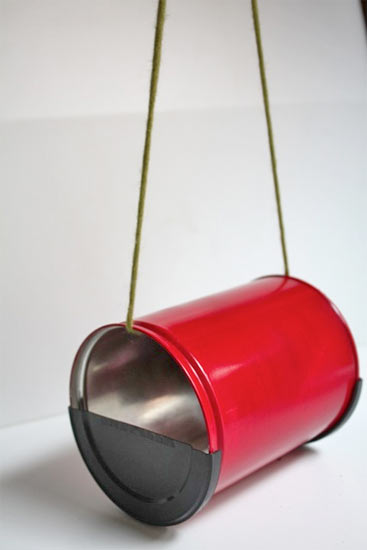 |
| English: The bird-cage (Photo credit: Wikipedia) |
.
When you own a pet bird, you know that there are always going to be things that you should look out for, and things that you have to be careful of so that your bird doesn’t get sick or injured. You always want to be on the lookout for things that will help your bird be happy and healthy, and you never want to be in a situation where you have done anything careless that is going to let your pet bird become sick. Birds and metal poisoning is something that you want to keep in mind when you own pet birds.
Many times, people keep their pet birds in cages that are designed just for them. This is the best way to do this, as the manufacturers of the birdcages are going to be sure to use proper things in the birdcage – things that aren’t going to make your bird sick. You should always keep your pet birds in a cage that is designed for them. First of all, they are going to be less likely to get out, and second of all, you know that the cage has been built and designed to hold pet birds, and therefore is not going to be harmful in any way.
If you keep your pet bird somewhere other than a bird cage, or if you let your pet bird roam in your house without supervising them, you always run the risk of having your bird be poisoned by something. Like any other animal, a bird will explore his surroundings, and might be tempted to nibble on the bars of a cage, or on something in your home. If there are metals that are unhealthy for birds, you might find yourself with a very sick bird.

The best way to avoid metal poisoning in your pet bird is to make sure that you are keeping your bird either in a cage that is designed for him, or that you have gone to the trouble to research your cage’s materials to be sure that they aren’t going to harm your bird. Also, you have to be sure to supervise your pet bird very much when he is out of the cage to be sure that he doesn’t get into anything he shouldn’t. A good way to do this is to bird proof the room that he will be in, and to make sure that nothing in that room is going to harm him. Then, while he is out, be sure to keep a good eye on him so he doesn’t get into trouble.
Many times, people keep their pet birds in cages that are designed just for them. This is the best way to do this, as the manufacturers of the birdcages are going to be sure to use proper things in the birdcage – things that aren’t going to make your bird sick. You should always keep your pet birds in a cage that is designed for them. First of all, they are going to be less likely to get out, and second of all, you know that the cage has been built and designed to hold pet birds, and therefore is not going to be harmful in any way.
If you keep your pet bird somewhere other than a bird cage, or if you let your pet bird roam in your house without supervising them, you always run the risk of having your bird be poisoned by something. Like any other animal, a bird will explore his surroundings, and might be tempted to nibble on the bars of a cage, or on something in your home. If there are metals that are unhealthy for birds, you might find yourself with a very sick bird.

The best way to avoid metal poisoning in your pet bird is to make sure that you are keeping your bird either in a cage that is designed for him, or that you have gone to the trouble to research your cage’s materials to be sure that they aren’t going to harm your bird. Also, you have to be sure to supervise your pet bird very much when he is out of the cage to be sure that he doesn’t get into anything he shouldn’t. A good way to do this is to bird proof the room that he will be in, and to make sure that nothing in that room is going to harm him. Then, while he is out, be sure to keep a good eye on him so he doesn’t get into trouble.















